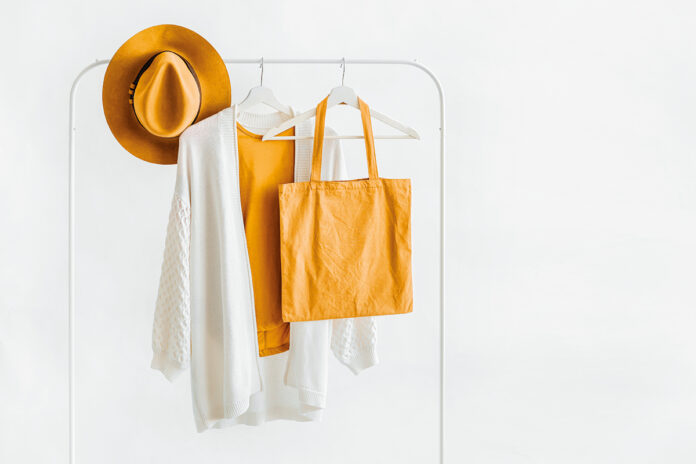Words by Sakshi Dhingra
While style is of the essence, so too is the need to balance the needs of fashion with that of humanity and the environment
The world we live in is one in which the boundaries delineating what is needed (such as food, shelter, and clothing) and wanted has become blurred, and basic necessities are now viewed in the light of being luxuries.
But this move towards a more sustainable fashion raises several key questions: What do we wear, and why do we do so? How do we source and make our clothing? Just how much can we stock in our drawers and closets, and what happens to clothing when we discard it?
In light of this ethical fashion is gaining traction in the global apparel industry for a variety of reasons, and in a market where consumers are becoming more aware of environmental and social issues, small and large garment companies are focusing on sustainable and eco-friendly products in order to remain competitive.
The year 2023 has the potential to be a defining moment in the march towards a more sustainable fashion order, and we bring to the fore some of the year’s most intriguing sustainable fashion trends.
Recycled Clothing

Recycling clothing is an excellent way to live a more sustainable life and have an ethical wardrobe. It can be difficult to know where to begin. Most products and materials cannot be recycled because they are not circularly designed. Although most synthetic fibre clothing can be recycled, it was not designed to be. The majority of customers will buy a polyester dress and either donate it to charity or throw it away. It will then be discarded and biodegrade over hundreds of years, releasing microplastics into the atmosphere and ground. Hence, the call for recycled clothing that can reverse this trend.
Next Gen Materials
Next-generation fabrics, also known as “Next-Gen” materials, are non-plastic, non-synthetic, and vegan fabrics that serve as ethical and sustainable alternatives to conventional fabrics in the fashion, household, and other product industries. They primarily serve as substitutes for animal-based materials such as leather, fur, wool, and more.
Fabrics made from microbes, fruits, or even carbon emissions are examples of already existing Net-Gen materials. Because the current generation of alternatives – petroleum-derived synthetics – have serious environmental and social issues, innovation in environmentally conscious and higher-quality fabrics will continue to grow in 2023.
Smart Textiles
Smart textiles, also known as electronic textiles (e-textiles), include electronic components and perform some functions.
Performance-enhancing innovative fabrics provide a one-of-a-kind experience based on their intended application, with an emphasis on function over fashion. This includes regulating body temperature, lowering wind and water resistance, shielding against radiation, and monitoring bodily functions like heart rate and muscle exertion.
Passive materials such as optical brighteners and UV absorbers are added to fibres to provide sun protection. When combined with other technological components, these materials have the potential to successfully prevent skin damage and other sun-related problems.
Capsule wardrobe
A capsule wardrobe is a collection of clothing made up entirely of interchangeable pieces in order to maximise the number of outfits that can be made. The goal is to have an outfit suitable for any occasion without having too many clothes. This is usually accomplished by purchasing “key” or “staple” items in coordinating colours.
Second-hand Fashion
Second-hand clothing, by definition, refers to previously owned clothing. It makes no difference whether the item was purchased last year or five years ago, or how many people have previously owned it. If it isn’t brand new, it is classified as second-hand, which is the umbrella term for pre-loved clothing. Second-hand designer handbags, for example, that have been used once or twice and are still in excellent condition can cost hundreds (or even thousands) of Rupees. While it will be slightly less expensive than brand new, the difference will not be significant.
In conclusion
While there will always be fads in fashion, the movement towards sustainability will persist! Sustainable trends are here to stay, even though changing the fashion industry’s practises will take time. These fashion trends might be the beginning of a revolution that makes the fashion industry more environmentally friendly and beneficial to global wellbeing.


